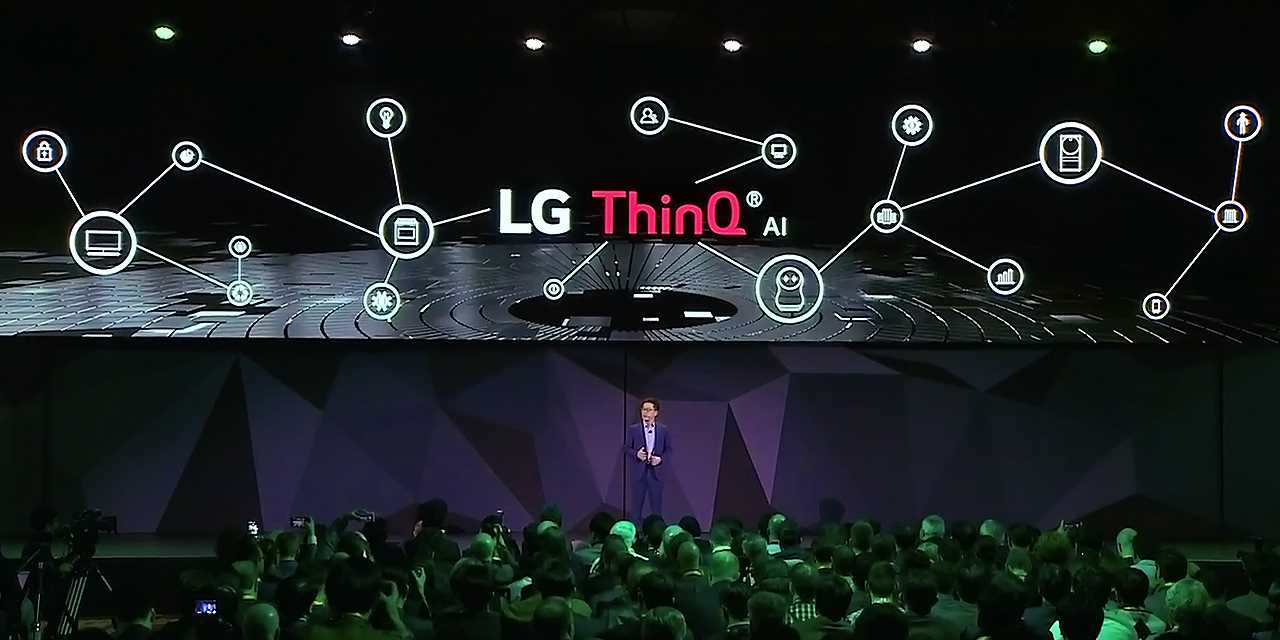The new strategy of the mobile division of LG: smartphones will be released on demand, and not overwhelm them with the market
Samsung in 2014 began to reduce the number of smartphone models, as with a large number of them suffered revenue. For many years, Apple released one smartphone a year and only in 2013 for the first time introduced two gadgets, and later switched to three. LG decided to go the third way: to produce smartphones only when it is needed, and to support each new smartphone as long as possible.

The mobile division of LG Electronics now brings the company only losses. Revenues increased in the second half of 2017 - people bought a good flagship of the company LG G6 and budget smartphones LG Q6. However, the cost of production and promotion of smartphones increased. Operating losses of the division, LG has been suffering for two years.
At the same time, the company, which showed losses in the second quarter of 2017, by the third quarter made a profit due to sales of household appliances and air conditioners.
')
We have already seen how companies are leaving the smartphone market, as was the case with Siemens and Ericsson. But LG is not just do not want to leave him because of failures, but also plan to bring it to profit.
The cost of any product is made up of a huge number of factors: from the cost of development and design, production, to logistics, advertising and company participation in events like CES and MWC. And then you need to provide support - release operating system updates, components for repair. And the more the company produces models, the more often it releases smartphones, the more it has to spend. LG decided to optimize this process.
At CES 2018, which took place in Las Vegas earlier this year, LG Electronics’s Vice Chairman Cho Sung-jin (Cho Sung-jin) answered the question about the release date of the next flagship of the company that the company will release new smartphones only when it will be necessary. In other words, it will not overwhelm with gadgets that differ only in screen resolution, radius of rounding corners and body color.
LG has only recently been one of the most prolific smartphone manufacturers: in 2014, 41 smartphones were launched under this brand, and this kind of record was broken only by Samsung with 56 models, which, due to a 49% drop in revenue compared to the previous one year decided to reduce the line by 30%. LG also realized that it’s no longer possible to count on the number - there are a huge number of smartphones on the market, sometimes with top-end hardware, which you can’t buy at all for big money. Today there is a lot of such phones in the “frameless” trend, which is why people don’t get up for a day for LG G6.
A smartphone, released a couple of years ago, may well remain relevant today. The fingerprint sensor integrated into the screen, the lack of frames and a pair of extra megapixels in the camera will surprise no one. The main thing is how long and efficiently the manufacturer keeps the OSes up to date.

The mobile division of LG Electronics now brings the company only losses. Revenues increased in the second half of 2017 - people bought a good flagship of the company LG G6 and budget smartphones LG Q6. However, the cost of production and promotion of smartphones increased. Operating losses of the division, LG has been suffering for two years.
At the same time, the company, which showed losses in the second quarter of 2017, by the third quarter made a profit due to sales of household appliances and air conditioners.
')
We have already seen how companies are leaving the smartphone market, as was the case with Siemens and Ericsson. But LG is not just do not want to leave him because of failures, but also plan to bring it to profit.
The cost of any product is made up of a huge number of factors: from the cost of development and design, production, to logistics, advertising and company participation in events like CES and MWC. And then you need to provide support - release operating system updates, components for repair. And the more the company produces models, the more often it releases smartphones, the more it has to spend. LG decided to optimize this process.
At CES 2018, which took place in Las Vegas earlier this year, LG Electronics’s Vice Chairman Cho Sung-jin (Cho Sung-jin) answered the question about the release date of the next flagship of the company that the company will release new smartphones only when it will be necessary. In other words, it will not overwhelm with gadgets that differ only in screen resolution, radius of rounding corners and body color.
LG has only recently been one of the most prolific smartphone manufacturers: in 2014, 41 smartphones were launched under this brand, and this kind of record was broken only by Samsung with 56 models, which, due to a 49% drop in revenue compared to the previous one year decided to reduce the line by 30%. LG also realized that it’s no longer possible to count on the number - there are a huge number of smartphones on the market, sometimes with top-end hardware, which you can’t buy at all for big money. Today there is a lot of such phones in the “frameless” trend, which is why people don’t get up for a day for LG G6.
A smartphone, released a couple of years ago, may well remain relevant today. The fingerprint sensor integrated into the screen, the lack of frames and a pair of extra megapixels in the camera will surprise no one. The main thing is how long and efficiently the manufacturer keeps the OSes up to date.
Source: https://habr.com/ru/post/371187/
All Articles